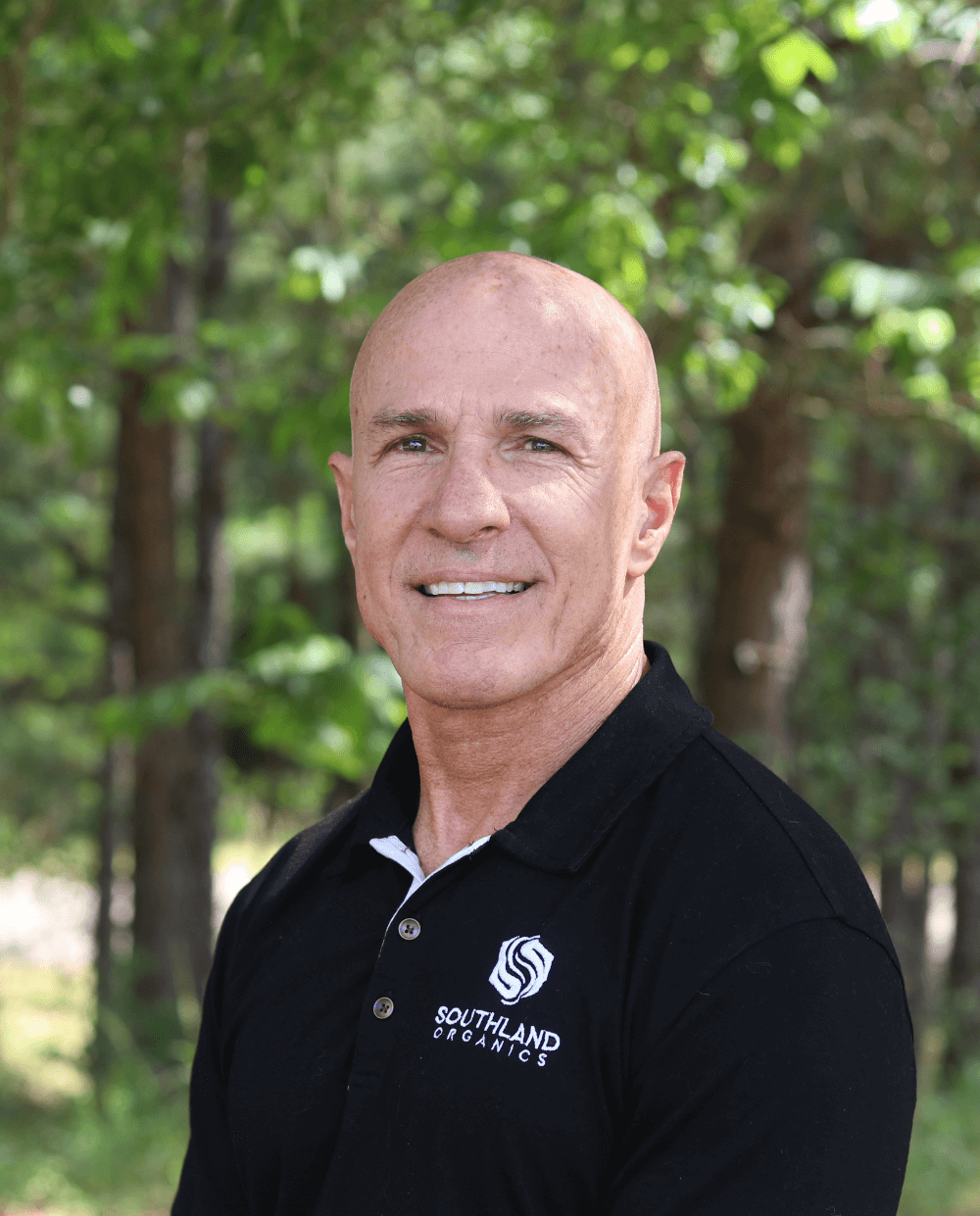At Southland Organics, we talk to growers all over the country and we’ve found that many of their go-to medicators are the Stenner Pump. It’s preferred due to its simplicity, user-friendliness and longevity. If an issue does arise, it’s often easily resolved at little cost.
Jason Jackson, a commercial broiler farmer in north Alabama, talked to our Poultry Biosecurity YouTube channel about his tips and tricks to sustaining the longevity of these Stenner Pump medicators. He covered an array of troubleshoot topics such as preventing suction tube leaks, priming issues, valve issues and pump settings.
Watch the video below:
Preventing Suction Tube Leaks
“If you realize that your pump is not doing what it should—maybe it’s dripping some stuff out the bottom—there’s a good chance that one of these suction tubes has sprung a leak,” Jackson said.
The best way to reduce the chance of suction tube leaking is by turning your medicator off as soon as it’s done pumping product. Running your medicator dry increases the chance of leakage, leaving you with hefty suction tube replacement costs. Jackson has preserved the life of many of his suction tubes by doing this, and some have even lasted him two years.
Priming Issues
“Every now and then we find that the pumps don’t like to prime. We found a solution that seems to help really well with that. It’s a common veterinary syringe.”
Who would have thought that this inexpensive item commonly found at feed stores could fix your priming issue? By taking the needleless veterinary syringe and connecting it to the priming tube, add a little suction to the tube while the medicator is priming. You’ll notice that it’s a perfect fit, and that it will clear the tube of anything that is preventing it from priming. Reattach the tube to the pump and you’re back in business.
Check Valve Issues
“I’ve noticed that people replace the entire check valve when they could’ve simply replaced the DuckBill. It’s a small, rubber piece that goes inside the check valve, and it’s about a fraction of the cost of the whole unit.”
Another pain point with medicators are check valve issues. While Jackson points out that he sees many growers replacing the whole check valve system—a costly venture—the problem could be eliminated by a simple DuckBill part that’s a fraction of the cost.
Check with your supply house to see if they can send you the DuckBill part. If you can’t get one from your supply house, contact Stenner directly and they will send you the part.
Pump Settings
“The Stenner is set to pump one ounce for every gallon of water that goes through the house, but it does have a few other settings on there that seem to be causing some confusion.”
Upon looking at the Stenner pump, you’ll notice a knob on the side. This knob controls the pulse-per-gallon (PPG) of the pump. There is a 10 PPG, a 1 PPL (pulse-per-liter) and a 1 PPG option. It’s imperative to make sure that the settings on the pump and the meter are synced accordingly. Otherwise, you will be pumping too much or not enough product.
At Southland Organics, we understand that the last thing any farmer needs is a medicator problem. We hope that some of Jason Jackson’s tips and tricks taught you something new and will help prevent future problems from occurring. Remember to check out our Poultry Biosecurity YouTube channel for troubleshooting tips, testimonials and all things commercial poultry.






